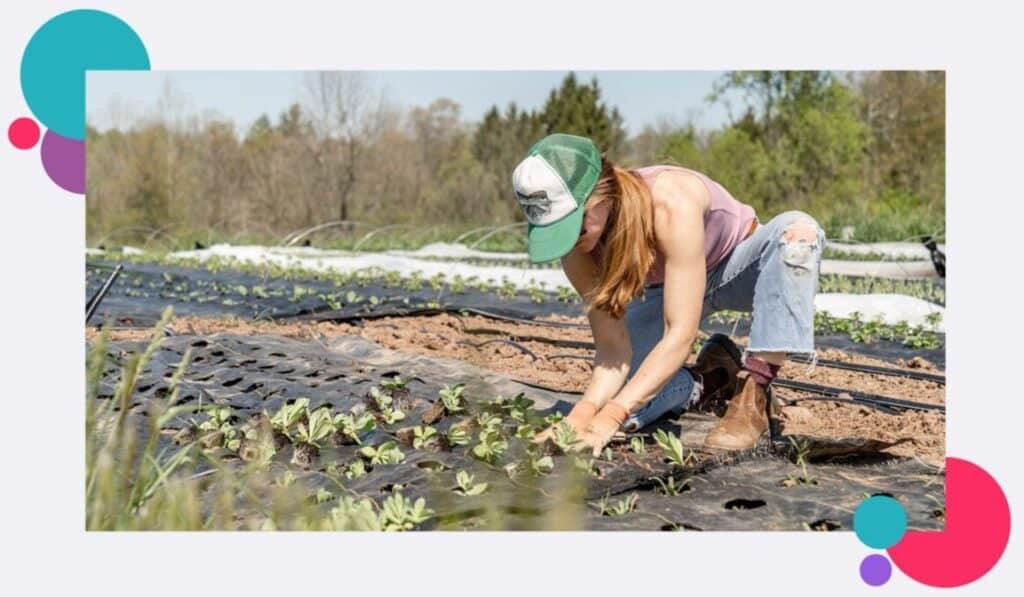
Farms and farmers are an essential part of life in the UK. Indeed, over 70% of UK land is dedicated to agriculture –while agricultural industries contributed £11 billion to the UK’s GDP in 2021.
Beyond the ideals of rolling green fields, however, there is a very serious side to agriculture, namely, its high rates of serious injury –and even deaths. In fact, Agriculture has a rate of fatal injury 18 times higher than the ‘All Industry’ rate.
A lone worker is someone who works out of sight or earshot of their colleagues for some or all of their day. Lone working, by its nature, can increase the risk of serious injury, by lowering levels of oversight and increasing response times to potential emergencies.
As well as cattle, machinery and physical labour, farm workers face the risks of working alone. As mentioned, farming operates at a vast scale, and yet employs a relatively small amount of people. This means that there can be a real problem of oversight. Simply put, farm workers are spread out, often work alone, and are working high-risk jobs.
The health and safety challenges facing lone workers in agriculture are many. That’s why we’ve built, what Farmers Weekly called, “A simple piece of software that can save lives”. But, before we go on to how Safepoint is working to keep lone working farm workers safe, we’ll discuss some of the common risks and what your responsibilities as an employer entail.
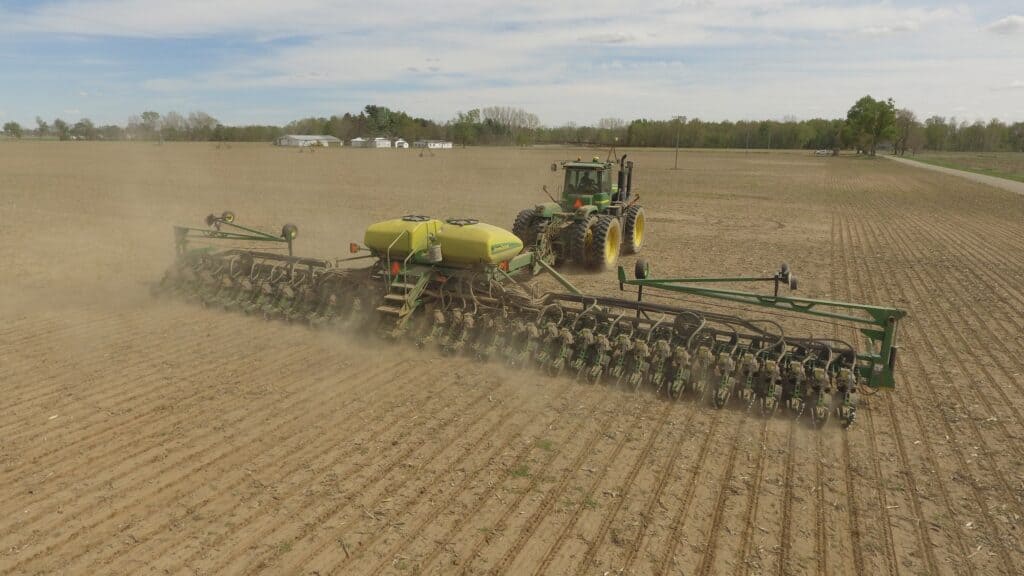
Even on large farms with numerous employees, people working in agriculture often spend some or all of their day working alone, be that working the fields with heavy vehicles, moving material by hand or corralling cattle.
According to the HSE, the UK’s agriculture sector suffered 25 fatal incidents in 2022 –an incredibly high number considering the relatively low size of the sector’s workforce. The most common cause of death was being struck by a vehicle, with falling objects and incidents with machinery also being major factors.
As a note, while deaths related to animals were uncharacteristically low this year (2/25), this is usually one of the most common causes of death in this field.
In terms of non-fatal incidents, a longer-term study found that the activities most likely to cause injury were ”on-site transfer, general handling activities, working with livestock and agricultural operations.”
A summary of risks facing agricultural lone workers
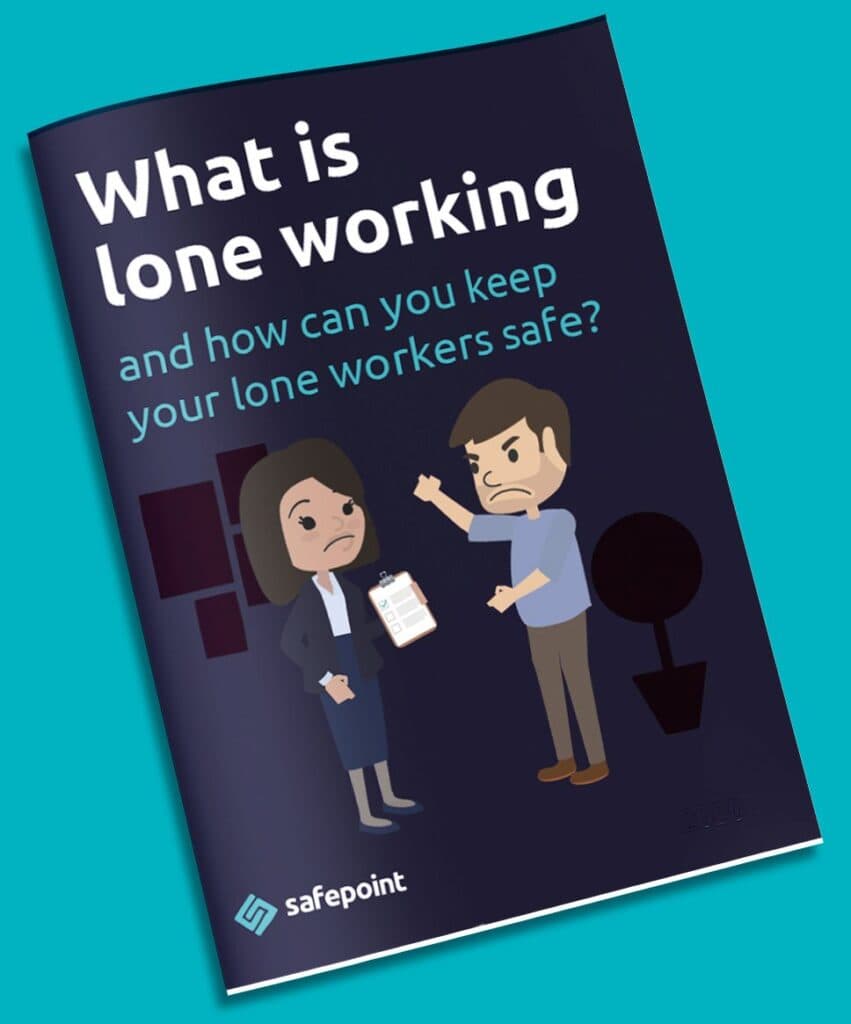
In an incident reported in 2022 by SHP, a farm company had to pay around £10k in fines and costs after one of their workers became entangled in the contra-rotating rollers of a potato harvester.
This incident was clearly very serious, and undoubtedly traumatising for the worker involved but luckily did not result in death. While the major flaw, in that case, was the lack of a ‘safe stop’ procedure, we can also imagine how much more dangerous the situation had been if the victim was working alone. Would the poor worker have survived the incident?
That particularly grim thought experiment should show the serious responsibilities one has to take on when employing lone workers. When working alone, risks that are already serious can sometimes become life-threatening.
That’s why the HSE has clearly laid out what responsibilities agricultural organisations have to their lone working employees. While we go into this in-depth in our Introduction to lone working, your main responsibilities are to bring a similar level of supervision and communication to your lone workers that they would see if they were working in a team.
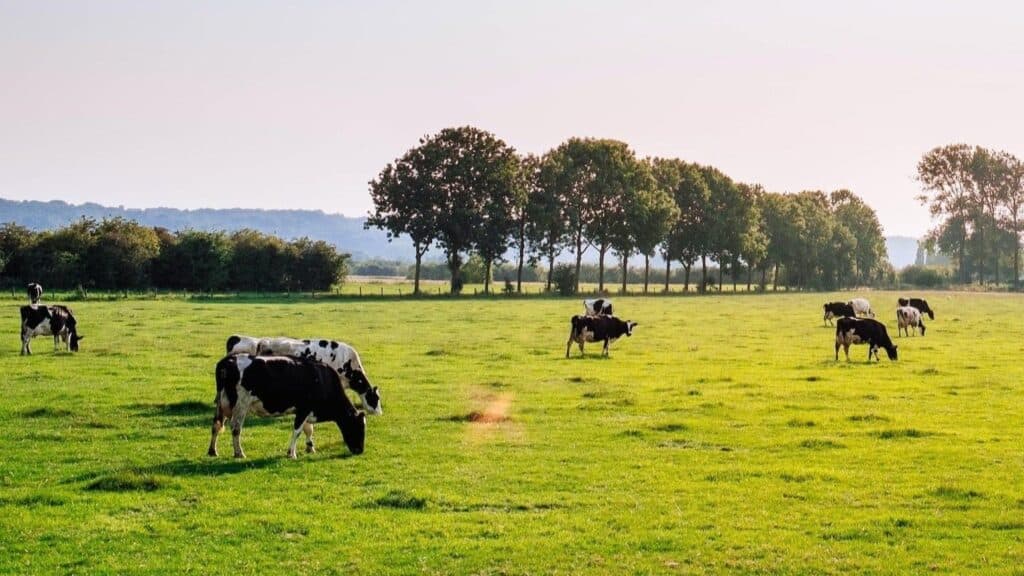
As an industry with an incredibly high risk of serious and fatal injury –as well as one with high rates of lone working– it’s important for agricultural businesses to take their responsibilities seriously.
Some ways of keeping your lone workers safe include:
All sorts of businesses rely on Safepoint’s lone worker solutions and 24/7 Alarm Receiving Centre to keep their staff protected and organised. Some agriculture and rural organisations that use Safepoint include:




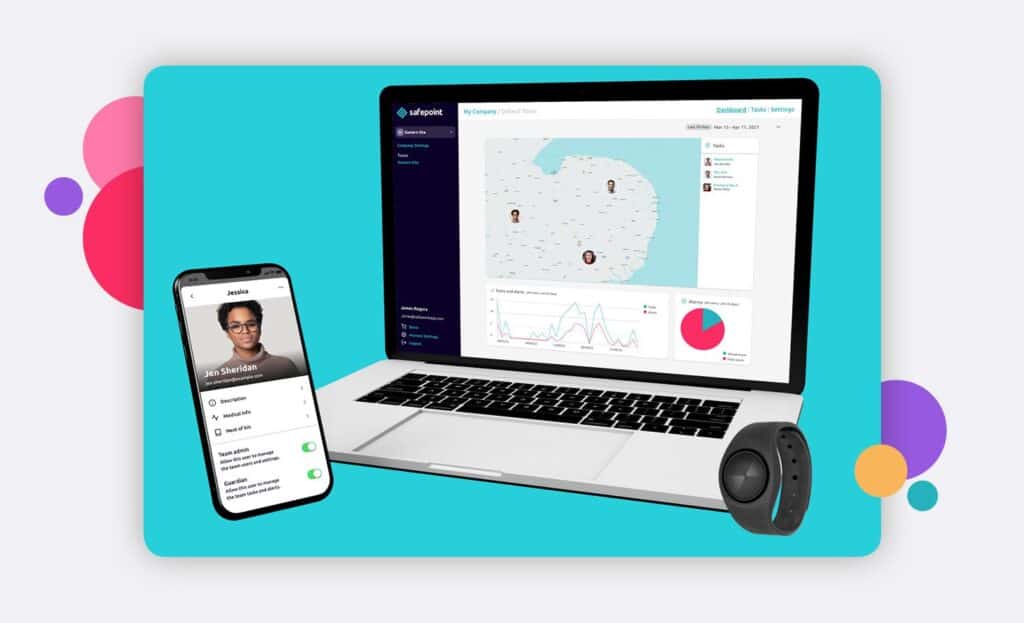
Safepoint provides award-winning lone-working solutions for workers in the agriculture sector along with many other industries across the UK and abroad.
When farmers and other workers in the agriculture sector are equipped with Safepoint’s apps and wearable panic alarms, they can set up timed, GPS-tracked ‘tasks’ (such as ‘Working in storage – 1 hour’).
If the worker runs into trouble, they can tap a button on their phone or wearable panic alarm and an alert will be sent out (along with their live location).

Above: when an alert is triggered, it is handled by our GuardianPlus team and can be viewed in the web portal.
But what if a worker is incapacitated (for instance, if they have an accident)? With Safepoint, an alert will automatically be sent out if a user takes a fall (sometimes called a man-down feature) or if they are unresponsive.
What’s more, agricultural organisations can now supervise their whole team through the Safepoint app– where they can see alerts, live locations, status updates, team analytics and more. Perfect for keeping track of your team across large and remote areas
And finally, with Safepoint’s 24/7 GuardianPlus service, your team’s safety can be monitored day and night by an accredited team of expert responders. These emergency response professionals, working out of a dedicated Alarm Receiving Centre, will handle any emergency –from first response, to escalation management, to liaising with the emergency services.
Award-winning safety management tools and a fully accredited response team.